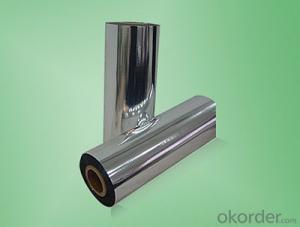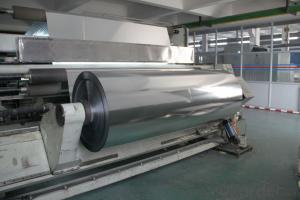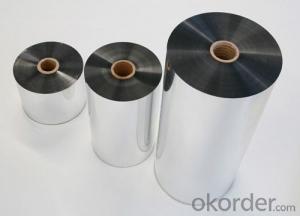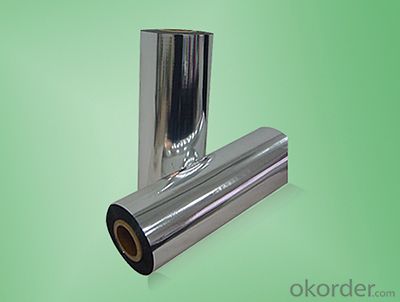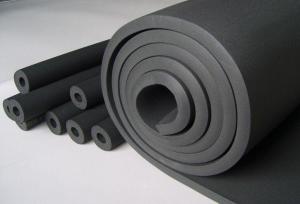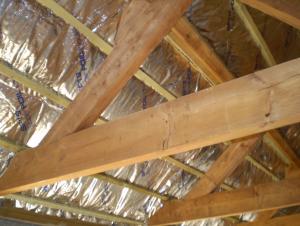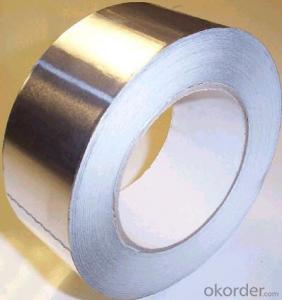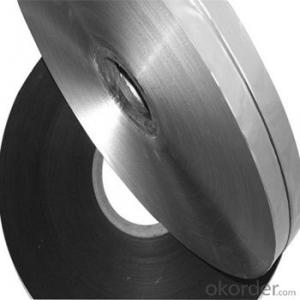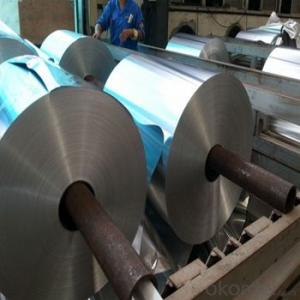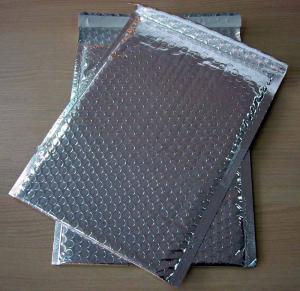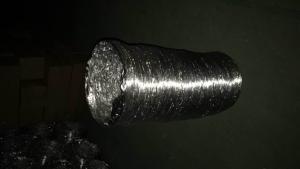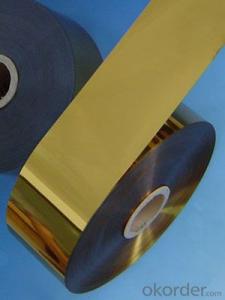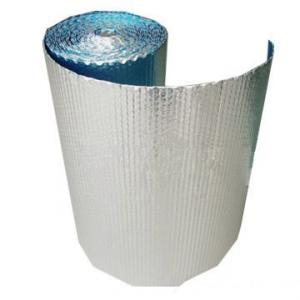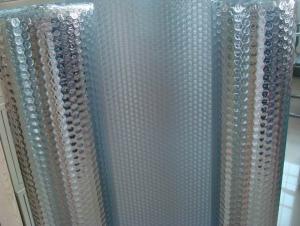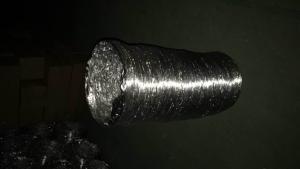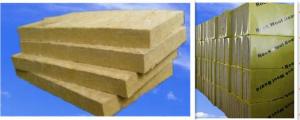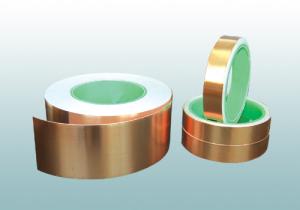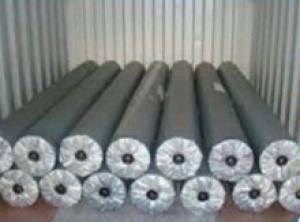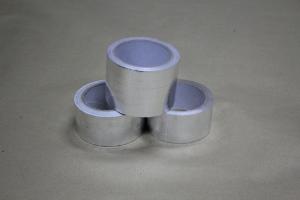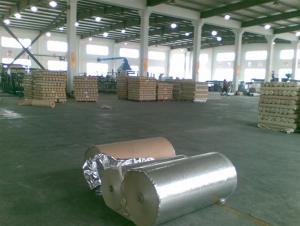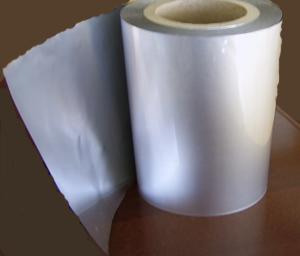Aluminum Foil Facing Aluminum Foil / PET / LDPE
- Loading Port:
- Shanghai
- Payment Terms:
- TT OR LC
- Min Order Qty:
- 5000 m²
- Supply Capability:
- 1000000 m²/month
OKorder Service Pledge
OKorder Financial Service
You Might Also Like
Specification
Product Structure
Widely used for laminating with EPE insulation, Bubble insulation, woven fabric insulation, etc
● Aluminum foil – LDPE
● Aluminum foil- PET- LDPE
● Clear Transparent PET-Aluminum foil – LDPE
● Aluminum foil-Metallized PET- LDPE
● Metallized PET- LDPE
Product Application
Widely used for laminating with EPE insulation, Bubble insulation, woven fabric insulation, etc
Product Advantage
Light weight
• High manufacturing accuracy
• High strength
• Small inertia resistance
• Strong heat dissipation ability
• Good visual effect
• High reflective insulation
• Heat resistant, water proof, stable at high temperature;
• Environmentally friendly, no smell and not-toxic;
• Smooth and clear surface;
Product Packing
1. Waterproof paper then PVC shrinking Film
2. Kraft paper only
3. Woven cloth
4. Kraft paper or Water Proof Film then Metal/wooden pallet
5. (Also as your request. )
Product Remarks
1. The data above are typical results and subject to change without notice.
2. Tolerance: Weight and Thickness: ±10%; Width: ±3mm;
Length: Cut Roll & Log Roll ±0.3m, Jumbo Roll ±0.5%.
3. The products should be stored at room temperature and kept from wet and heat source.
4. It is essential, as with all pressure-sensitive tapes, that the surface to which the tape is applied must be clean, dry, and free of grease and oil.
5. The user should take test and do trial-application on the above products before coming into application so as to witness and ensure suitability for user’s special purpose and technique.
Product Data Sheet
PROPERTIES | UNIT | VALUE | TEST METHOD |
Basic weight | gsm | 33.5 | ASTM D646 |
Thickness | mic | 23.2 | ASTM D646 |
Tensile strength: M. D. X. D. | N/15mm | 13.5 13.5 | ASTM D882 |
Delaminating Values | N/15mm | 1.5 | ASTM D904 |
Reflectivity of foil surface | % | 95 | ---------- |
Temp. Resistance | -40°C 130°C | No Delamination No Delamination | ASTM C1263 |
Water vapor permanence | ng/N.s | 1.15 | ASTM E-96 |
Product Picture
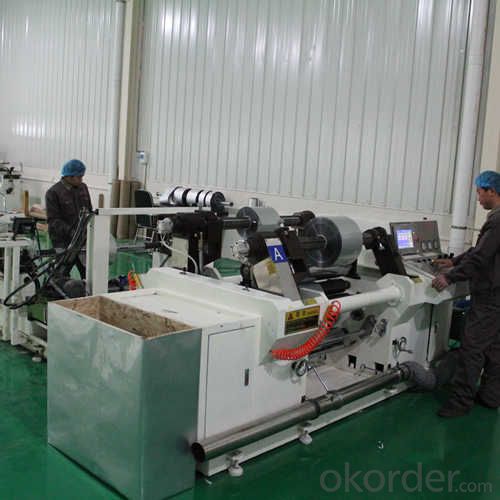
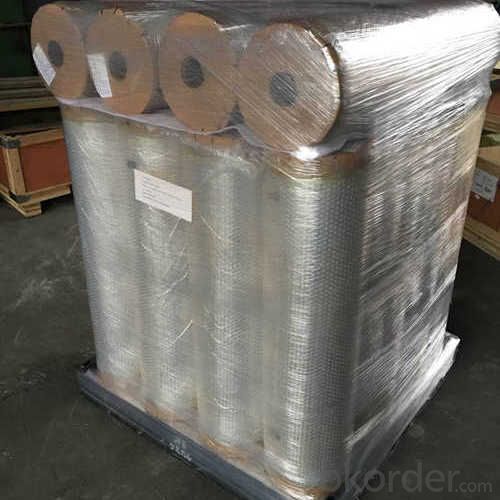
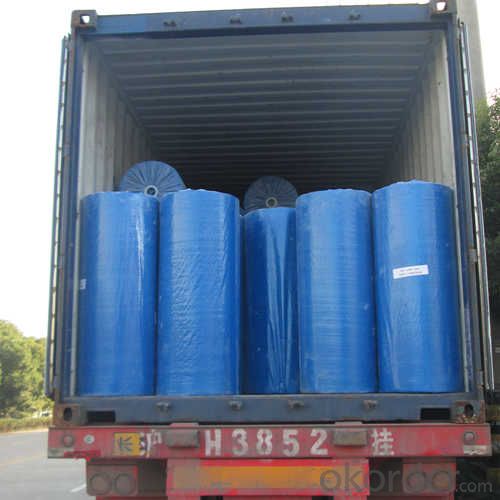
FAQ
1. What is the product keeping conditions?
The Aluminum Foil Facing should be stored at room temperature and kept from wet and heat source.
2. What is the guarantee years of the products?
We have established the international advanced quality management system,every link from raw material to final product we have strict quality test;We resolutely put an end to unqualified products flowing into the market. At the same time, we will provide necessary follow-up service assurance.
3. What is the delivery time of the order?
In the purchase of product within four working days, we will arrange the factory delivery as soon as possible. The specific time of receiving is related to the state and position of customers. Commonly 7 to 10 working days can be served.
- Q: Is it possible to use aluminum foil with a reflective side to cover leftover food?
- <p>Yes, aluminum foil facing can be used to wrap leftovers. The reflective side of aluminum foil is often used for its heat-reflective properties in cooking, but it is also suitable for wrapping and storing leftovers. It provides a barrier to air, helping to keep food fresh and preventing freezer burn if used in the freezer. However, it's important to ensure that the foil is tightly sealed around the food to maintain its freshness and prevent contamination.</p>
- Q: Is it possible to use aluminum foil facing to cook a fried egg?
- <p>Yes, you can use aluminum foil facing to make a fried egg. Place a piece of aluminum foil on a flat surface and lightly grease it. Crack the egg into the center of the foil, season as desired, and fold the foil over the egg to create a sealed pouch. Heat a non-stick pan over medium heat and place the foil pouch inside. Cook for about 3-4 minutes on each side or until the egg is cooked to your liking. Be cautious when opening the foil as steam will escape. This method is a creative alternative for cooking eggs without using a traditional pan.</p>
- Q: What are the methods to avoid aluminum leaching from aluminum foil into food during cooking or storage?
- <p>To prevent aluminum from leaching into food when using aluminum foil facing, avoid direct contact between the foil and acidic or salty foods, as these can cause the aluminum to leach. Do not use aluminum foil at high temperatures, as it can degrade and release aluminum particles. Opt for aluminum-free alternatives like parchment paper or silicone baking mats for lining pans or wrapping foods. When using aluminum foil, ensure it's the heavy-duty type, which is less likely to break down and release aluminum. Always wash hands and utensils that have come into contact with aluminum foil to minimize ingestion of any residual aluminum.</p>
- Q: The user is asking if it's possible to use aluminum foil as a cover for a casserole dish.
- <p>Yes, you can use aluminum foil as a cover for a casserole dish. It's a common practice to cover the dish with foil to prevent the top from drying out during baking or to keep the contents warm. Ensure the foil is food-grade and does not touch the heating elements of the oven. For best results, use heavy-duty aluminum foil to avoid punctures and tearing. Remember to remove the foil during the last few minutes of baking to allow the top to brown if desired.</p>
- Q: Can the shiny side of aluminum foil be utilized as a reflective surface?
- <p>Yes, aluminum foil facing can be used as a reflector. Aluminum foil has a highly reflective surface, which makes it suitable for reflecting light and heat. The shiny side of the foil is particularly effective due to its smooth and polished finish. It is commonly used in various applications such as cooking, gardening, and DIY projects to reflect heat or light. However, it's not as efficient as specialized reflective materials like mirrors or aluminum-coated fabrics, and it can degrade over time with exposure to elements.</p>
- Q: Is it possible to recycle aluminum foil facing more than once?
- <p>Aluminum foil facing can be recycled, but it is typically not recycled multiple times due to the thinness and contamination issues. Recycling aluminum involves melting it down, and the thin foil can easily contaminate other aluminum products. Additionally, the foil facing is often laminated with other materials, making it difficult to separate and recycle. While some recycling facilities may accept it, the process is not as efficient as recycling other types of aluminum, and it's often advised to check with local recycling programs for their specific guidelines.</p>
- Q: Can aluminum foil be used as a substitute for a pizza stone or baking sheet when making pizza?
- <p>Yes, you can use aluminum foil as a makeshift surface for making pizza if you don't have a pizza stone or baking sheet. However, it may not provide the same even heat distribution or crispiness as a pizza stone. Ensure the foil is heavy-duty to prevent tearing and preheat it with the oven to get a better result. Keep in mind that the foil can reflect heat, which might affect the bottom crust's texture. It's a good alternative, but for consistent quality, using a proper pizza stone or baking sheet is recommended.</p>
- Q: What are the primary applications or purposes of aluminum foil facing in various industries or everyday life?
- <p>Aluminum foil facing is primarily used for its heat reflective properties, making it ideal for insulation in construction and roofing. It also serves as a moisture barrier and vapor barrier in walls and ceilings, helping to prevent mold and mildew. In the HVAC industry, it's used for duct insulation, enhancing energy efficiency. Additionally, it's utilized in packaging for food and pharmaceuticals to protect contents from light, air, and moisture, thus preserving freshness and quality.</p>
- Q: What are the advantages of using aluminum foil as a reflective surface in various applications, particularly in health contexts?
- <p>Using aluminum foil facing provides several health benefits, particularly in cooking and food preservation. It helps retain moisture in foods, reducing the need for added fats and oils, which can contribute to a healthier diet. Reflective aluminum foil can also help distribute heat evenly in ovens, ensuring food cooks more uniformly and reduces the risk of overcooking or burning. Additionally, it can help in food reheating, ensuring that food is heated evenly and thoroughly, which is important for food safety. In some cases, aluminum foil can also be used to create a barrier against harmful UV rays in tanning beds, although this is not recommended due to potential health risks associated with tanning. Overall, the use of aluminum foil facing can contribute to healthier cooking practices and food safety.</p>
- Q: Is it possible to use aluminum foil with a reflective side to cook pizzas or grilled cheese sandwiches?
- <p>Yes, you can use aluminum foil facing to make pizzas or grilled cheese sandwiches. The reflective side of the foil can help distribute heat evenly, which is beneficial for cooking these items evenly. However, it's important to ensure that the foil does not come into direct contact with the heating element of your oven, as it can cause a fire hazard. Always follow safety guidelines and adjust the cooking time and temperature as needed to prevent burning or melting the foil.</p>
Send your message to us
Aluminum Foil Facing Aluminum Foil / PET / LDPE
- Loading Port:
- Shanghai
- Payment Terms:
- TT OR LC
- Min Order Qty:
- 5000 m²
- Supply Capability:
- 1000000 m²/month
OKorder Service Pledge
OKorder Financial Service
Similar products
Hot products
Hot Searches
Related keywords
